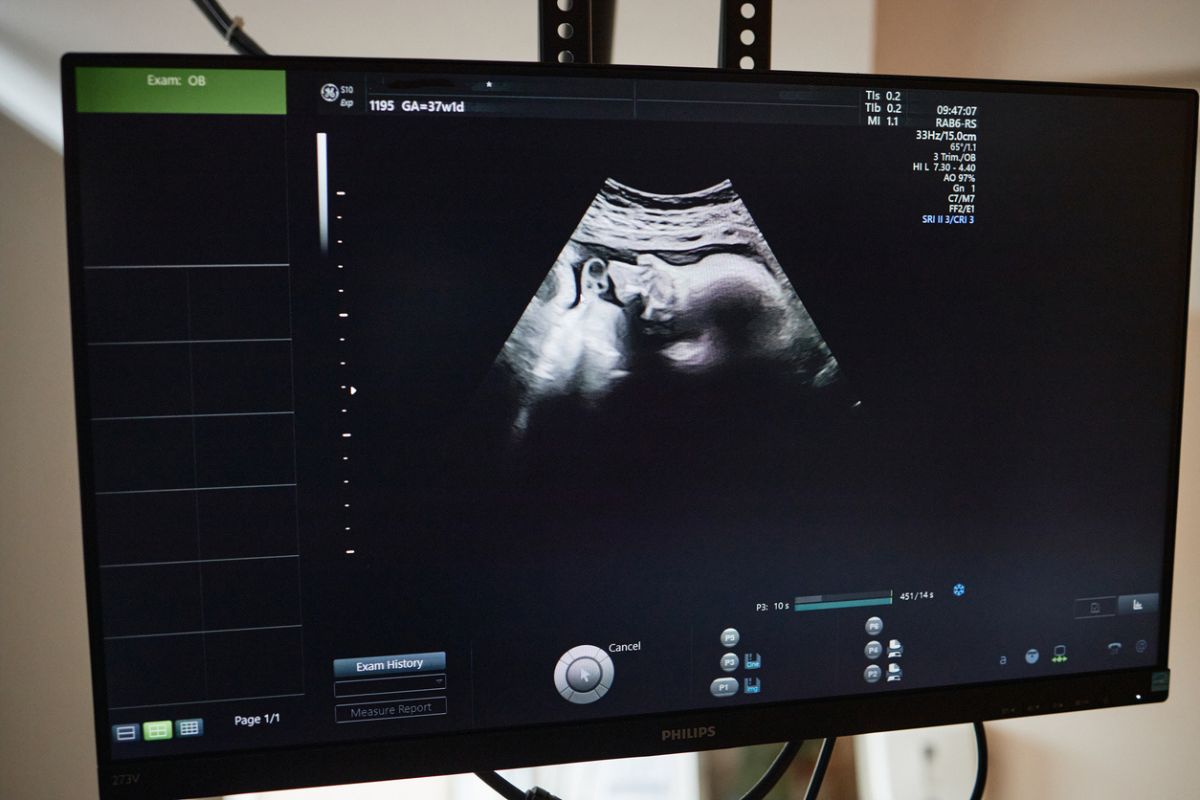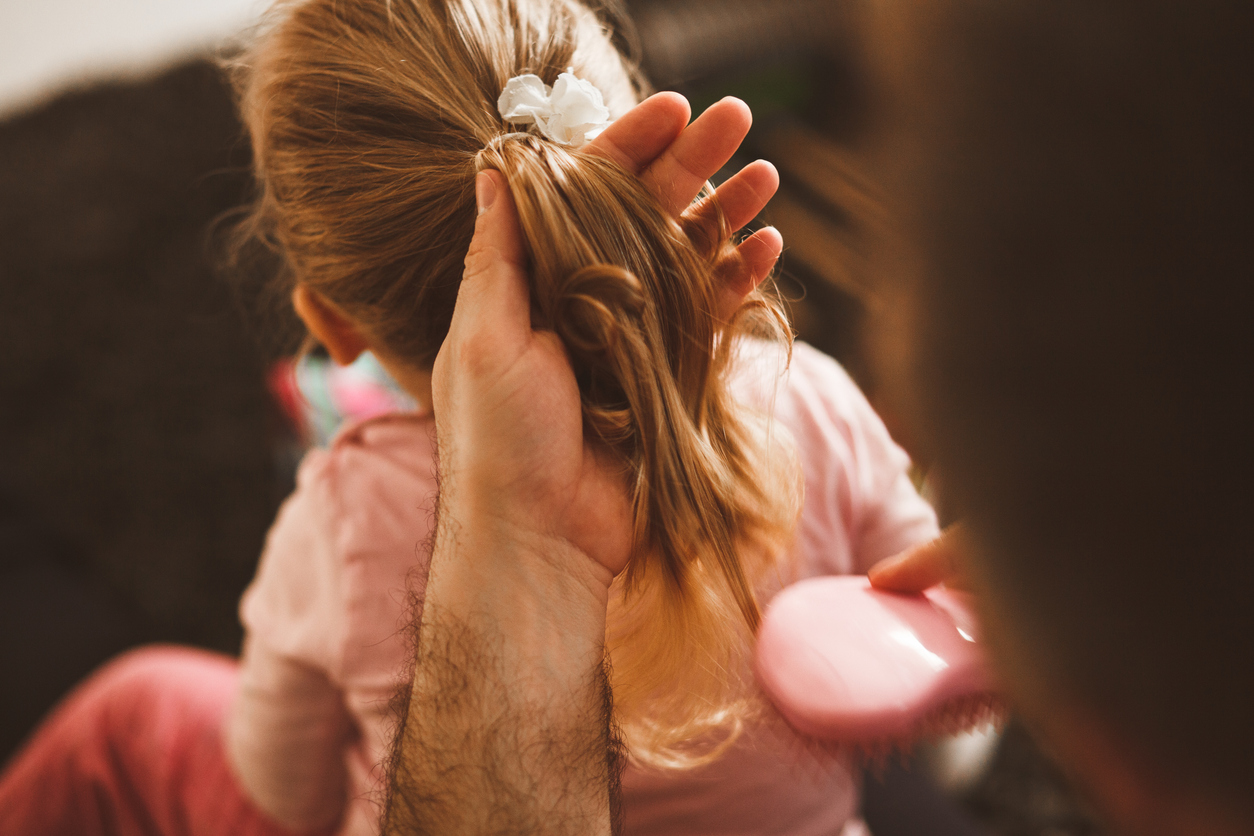So much for the maxim that diseases don’t discriminate. Recent research suggests that COVID-19 certainly does.
A pair of studies exposes some disparities in the short- and long-term effects of the virus.
Women More at Risk of Long COVID
A new cohort study from the National Institutes of Health (NIH) RECOVER Initiative showed that women face a much higher risk of developing long COVID compared to men. Factors such as age, menopausal status, and pregnancy all appear to play a part.
The study results, gleaned from data collected across 83 sites in the United States (and Puerto Rico), shed light on the nuanced relationship between biological sex and post-COVID-19 conditions.
Analyzing 12,276 participants – 73 percent of whom were women – the researchers found that those women boasted a 31 percent higher risk of developing long COVID, after adjusting for clinical, demographic, and social factors. Those between 40 and 55, particularly those in non-menopausal or transitional menopausal phases, faced the highest risk.
Notably, pregnancy and hormonal changes appeared to play pivotal roles, with sex hormones potentially influencing immune responses and long COVID susceptibility.
This study appears to highlight the biological differences in long COVID trajectories. While men typically suffer more severe acute COVID-19 cases, women seem to be more likely to endure prolonged symptoms, such as brain fog, fatigue, and other debilitating conditions. Researchers have noted similar patterns in other post-viral illnesses, such as chronic fatigue syndrome and fibromyalgia, which also disproportionately affect women.
“Female sex was associated with a 1.31-times higher risk of long COVID in our primary analysis full model with matching on demographic and enrollment factors, social determinants of health, and hospitalization and vaccination status during first infection,” the authors wrote.
These revelations could spawn a new wave of targeted treatments, such as hormone-based therapies, to alleviate long COVID symptoms in higher-risk groups.
Ethnic, Racial Differences in Long COVID in Kids
The second paper – also based on the RECOVER Initiative – discovered notable ethnic and racial differences in long COVID symptoms when it comes to younger patients.
The research looked at data from 225,723 pediatric COVID patients between March 2020 and October 2022. They found:
- Asian American/Pacific Islander (AAPI) children with severe infections appeared more likely to endure chills, fever, and respiratory symptoms.
- Hispanic kids endured a higher rate of hair loss.
- And non-Hispanic Black (NHB) children showed fewer skin symptoms compared to non-Hispanic White (NHW) patients.
Finally, among those with non-severe cases, AAPI children seemed to have more respiratory issues and dysautonomia symptoms, while NHB children experienced more cognitive challenges.
The study highlights how critical it is to consider ethnic and racial and ethnic differences when treating long COVID in younger patients. The study’s authors added that these disparities aren’t a result of biology so much as the end result of systemic disparities in healthcare access and other socioeconomic factors.
“Understanding these differences is crucial for developing targeted interventions to ensure equitable healthcare access and outcomes for all pediatric populations,” the authors concluded. “The increased risk among minority racial/ethnic pediatric patients may necessitate targeted follow-up care and support for the minority racial/ethnic population.”
Conclusion
The researchers also called for more equitable healthcare strategies to ensure minority children receive adequate support for long COVID symptoms. They also stressed the need for continued research to better understand and manage the condition across diverse pediatric populations.
As long COVID still stalks millions worldwide, studies like these highlight the importance of personalized approaches in managing the condition, particularly for women in vulnerable age and hormonal brackets and minority kids. Identifying and doing something about these disparities remains essential for developing better public health strategies and boosting patient outcomes.
Further Reading
COVID’s Mental Health Impact on Primary Care Health Workers



